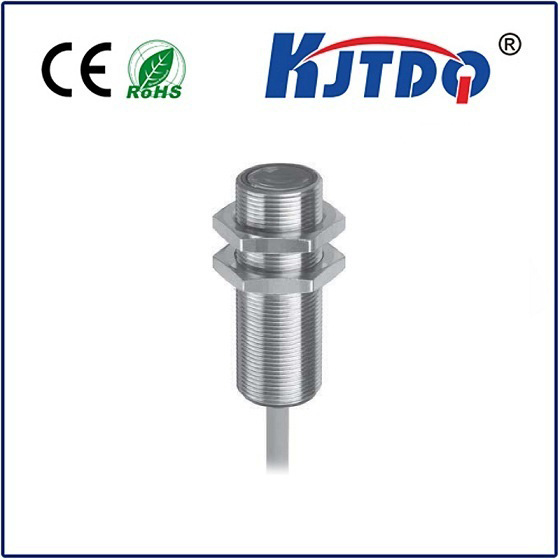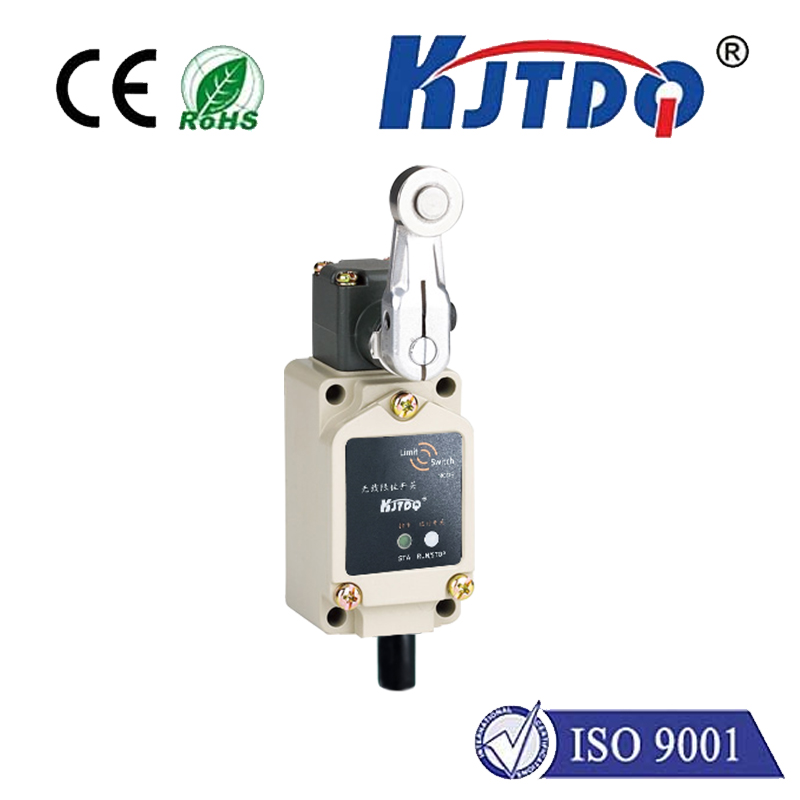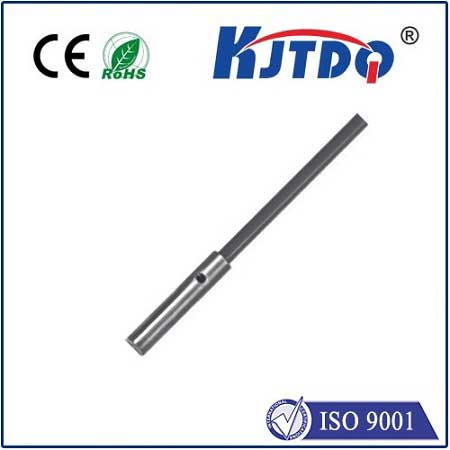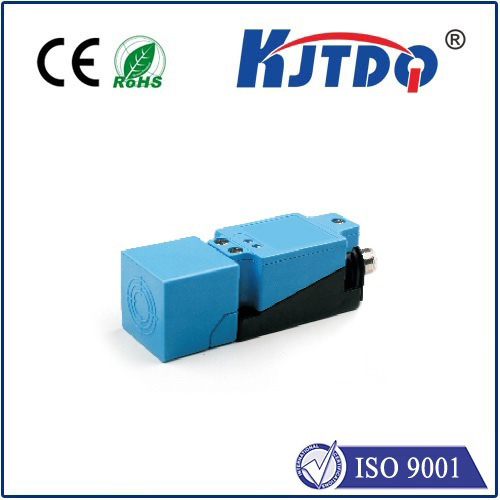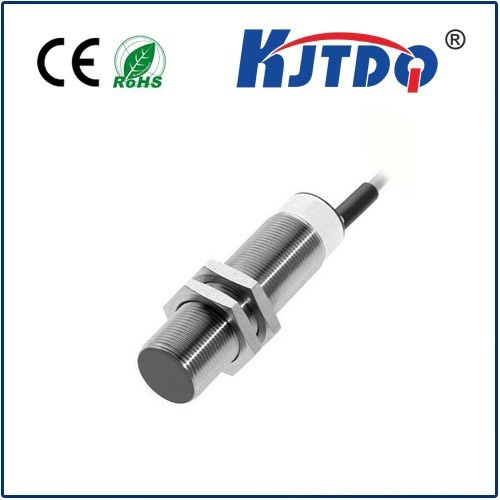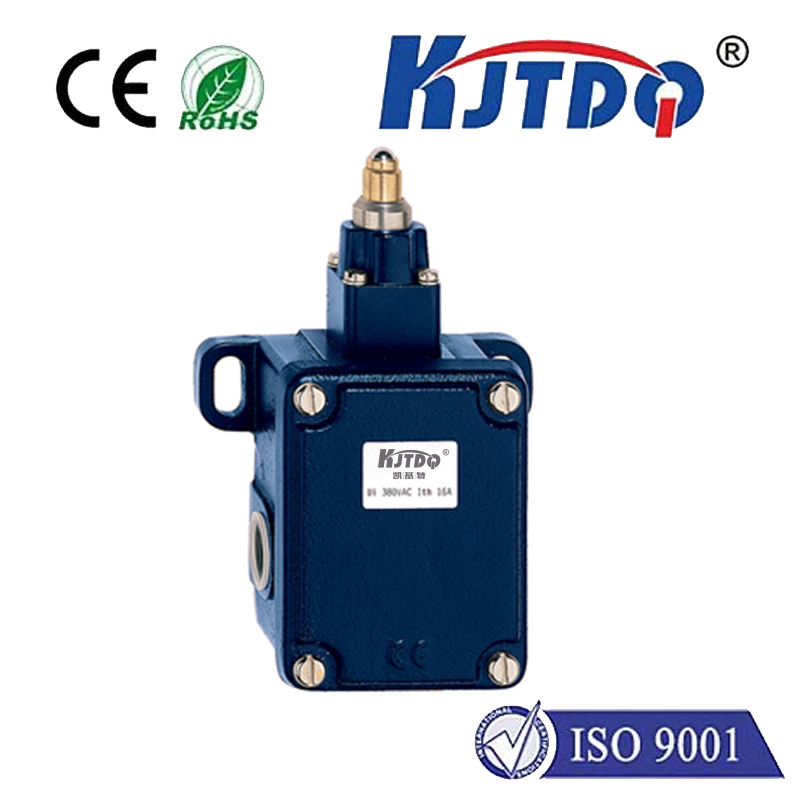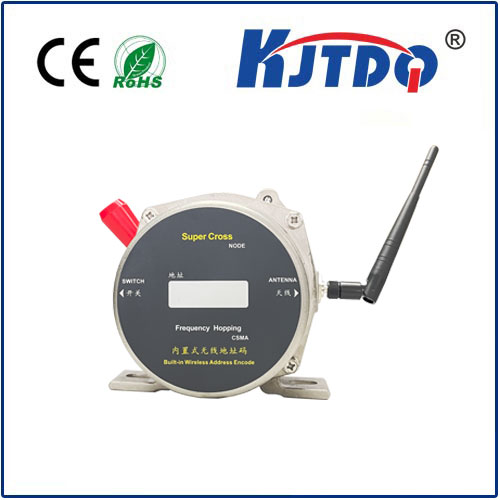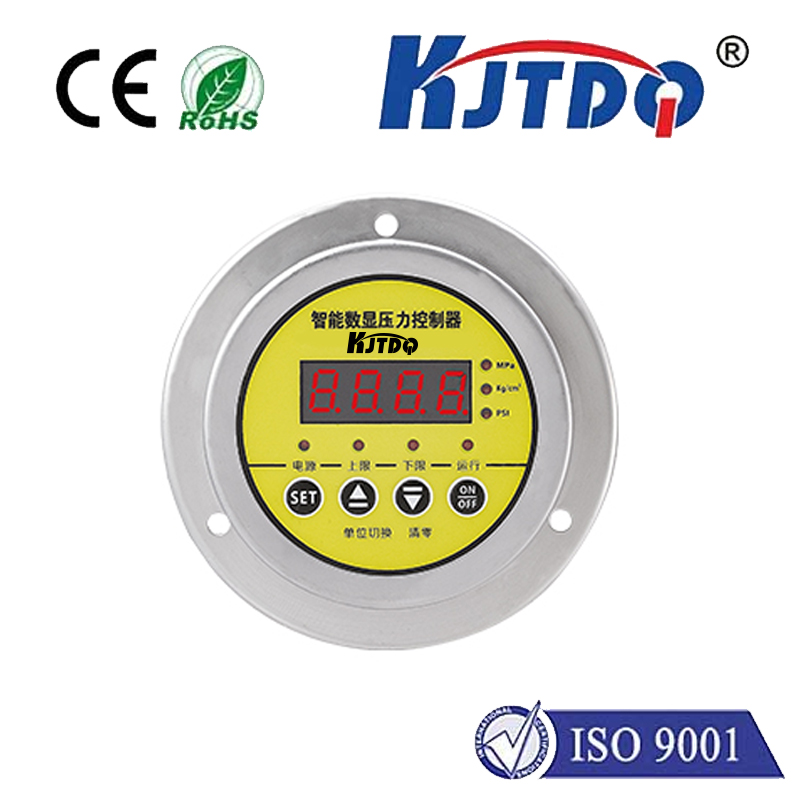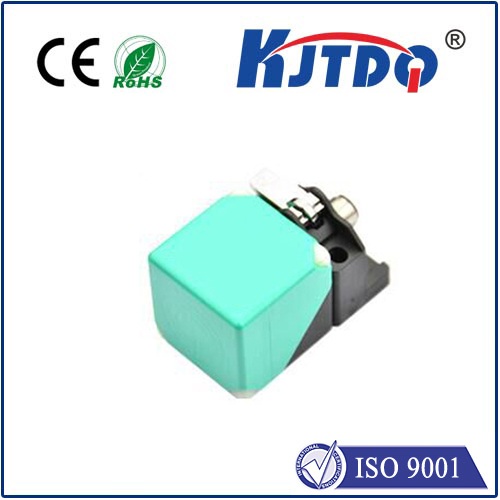

check

check

check

check

check

check

check

check

check

check
Retro Reflective Type Sensor: A Revolutionary Innovation in Sensing Technology
The world of technology is constantly evolving, and with each passing day, we witness the emergence of newer and more advanced gadgets and devices. One such revolutionary invention is the retro reflective type sensor, a groundbreaking device that has transformed the way we perceive and interact with our environment. In this article, we will delve deeper into the workings of this remarkable sensor and explore its various applications.
What is a Retro Reflective Type Sensor?
A retro reflective type sensor is a specialized device that uses the principles of optical reflection to detect objects and their movements. Unlike traditional sensors that rely on light sources to illuminate their targets, a retro reflective type sensor utilizes the natural light in the environment to reflect off an object and back to the sensor. This unique mechanism allows for highly accurate detection of even the slightest movements or changes in position.
How Does it Work?

The operation of a retro reflective type sensor can be broken down into three main stages: emission, reflection, and reception. Firstly, the sensor emits a beam of light towards the target object. As the light hits the surface of the object, it bounces back or reflects towards the sensor. Finally, the reflected light is received by the sensor's photodetector, which converts it into an electrical signal that can be processed further.
Applications of Retro Reflective Type Sensors
The versatility of retro reflective type sensors has made them extremely popular across various industries. Some common applications include:
1. Automotive Industry: Retro reflective type sensors are extensively used in vehicles to enhance safety features such as backup cameras, parking sensors, and collision avoidance systems. They help drivers navigate through different terrains and conditions by providing real-time feedback about their surroundings.
2. Healthcare Industry: These sensors have also found their way into medical equipment like heart rate monitors, blood pressure cuffs, and rehabilitation devices. By accurately measuring physiological parameters, they aid doctors in diagnosing diseases and monitoring patients' health statuses effectively.
3. Industrial Automation: Retro reflective type sensors play a crucial role in industrial automation processes by ensuring precise control over machines and robotics. They enable manufacturers to maintain consistency in product quality while reducing production time significantly.
4. Sports Industry: In sports events, these sensors are utilized for tracking player movements, analyzing performance metrics, and enhancing viewer experiences through augmented reality displays. They provide valuable insights into athletes' physical abilities and help coaches develop customized training programs for improved outcomes.
Conclusion
The retro reflective type sensor represents a significant milestone in technological advancement, offering unparalleled accuracy and efficiency in detecting objects and their movements. Its diverse range of applications spanning various industries underscores its potential impact on society as we continue to embrace digital transformation. As technology evolves, we can expect further innovations from this remarkable device, shaping our future in ways we cannot yet imagine.
